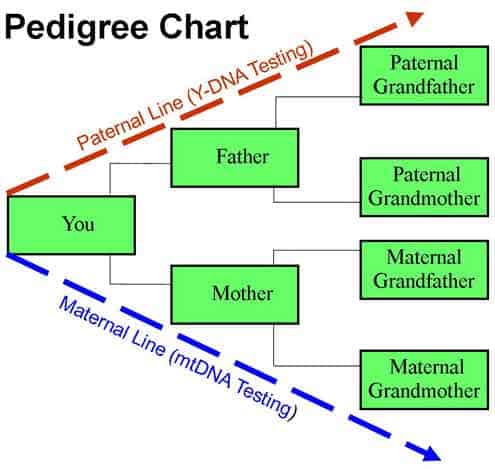Paternal Haplogroup:R1b1b2a1a2d3a
R1b1b2a1a2d3a is a subgroup of R1b1b2, which is described below.
Locations of haplogroup R1b1b2 circa 500 years ago, before the era of intercontinental travel.



R1b1b2 is the most common haplogroup in western Europe, where its branches are clustered in various national populations. R1b1b2a1a2b is characteristic of the Basque, while R1b1b2a1a2f2 reaches its peak in Ireland and R1b1b2a1a1 is most commonly found on the fringes of the North Sea.
Paternal Haplogroup:R1b1b2a1a2d3a
R1b1b2a1a2d3a is a subgroup of R1b1b2, which is described below.
Introduction
Haplogroup R is a widespread and diverse branch of the Y-chromosome tree that is extremely common in Europe, where it spread after the end of the Ice Age about 12,000 years ago. The haplogroup appears to have originated in southwestern Asia about 30,000 years ago. It then split into two main branches. R1 ultimately spread widely across Eurasia, from Iceland to Japan, whereas R2 mostly remained near its region of origin. Today it can be found in southwestern Asia and India.
Because of recent immigration, both branches of R are now found worldwide among men of European, Middle Eastern and South Asian descent – though our haplogroup maps indicate only their pre-colonial distributions.
Haplogroup R1R1 is the dominant haplogroup in Europe today, accounting for well over half of all men. After being confined to the continent's southern fringes during the Ice Age, it expanded rapidly in the wake of the receding glaciers about 12,000 years ago. Various branches of R1 also trace the many migrations that have shaped Europe since then, from the arrival of farmers between about 10,000 and 7,000 years ago to the movements of ethnic groups such as the Anglo-Saxons and Vikings.
Haplogroup R1bHaplogroup R1b was confined during the Ice Age to pockets of territory in Mediterranean Europe. The largest was in the Iberian peninsula and southern France, where men bearing the haplogroup created the famous cave paintings at Lascaux and Altamira. They also hunted mammoth, bison and other large game in a climate that was more like present-day Siberia's than the mild conditions prevailing in southern Europe today.
Some men bearing R1b Y-chromosomes also seem to have spent the Ice Age in the Balkans and Anatolia, where the haplogroup is still present today.
After the Ice Age, the haplogroup expanded rapidly in the wake of the retreating glaciers. Today R1b is by far the most common haplogroup in the western half of the continent.
Haplogroup R1b1b2R1b1b2 is the most common haplogroup in western Europe, where it is found in more than 50% of men. Ancient representatives of the haplogroup were among the first people to repopulate the western part of Europe after the Ice Age ended about 12,000 years ago. In the process the haplogroup differentiated into even more distinct groups that can trace the details of the post-Ice Age migrations.





What a great place you have here! I'm new to genetics and being an R1b1b2a1a2d3a I'm reading and trying to learn. John Gray in Oklahoma
ReplyDeleteI am also a R1b1b2a1a2d3a which does not seem to make us very special. Oddly enough I am also in Oklahoma.
ReplyDeleteI am also a R1b1b2a1a2d3a which does not seem to make us very special. Oddly enough I am also in Oklahoma.
ReplyDeleteR1b1b2a1a2d3a Russia/Moscow
ReplyDelete